Lately there has been a lot of media coverage about the health of the Great Barrier Reef. Is the Great Barrier Reef dead? No. Is there still time to save it? Yes.
Let’s face it, the Reef has had a tough 12 months, with two cyclones, two bleaching events and ongoing Crown of Thorns sea star infestations. But these are not the greatest threats to the Reef.
“The greatest threat to the Reef is apathy.” Andy Ridley, founder of Earth Hour, is about to launch a global campaign to fight for the reef: Citizens of the Great Barrier Reef. “There is an incredible danger in apathy and inertia and not moving and making a difference.”
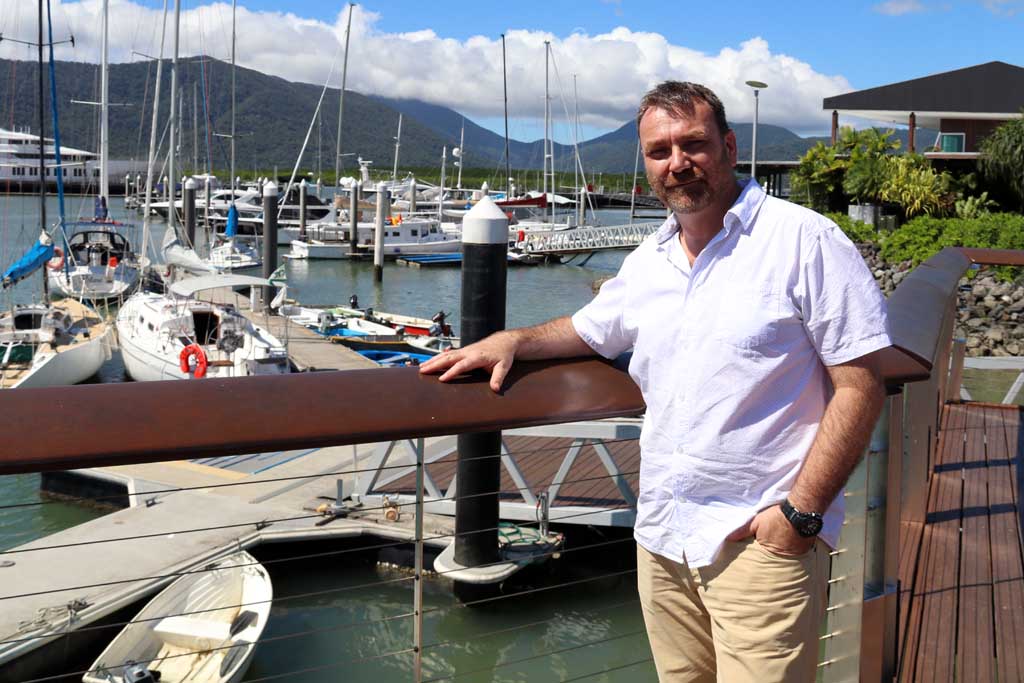
“If we are going to solve the problems of Great Barrier Reef, we have to solve climate change, and solving climate change requires a level of activity across the planet that we’ve never really seen before.”
And that’s what Citizens of the GBR aims to do: mobilise the world to save the Great Barrier Reef.
So, can Reef be saved?
The short answer is YES, but we decided to come and see the Reef for ourselves – to see if the Reef was, as some media reports indicate, a lost cause.
And what did we find?
Travelling with Coral Expeditions, we went north to Lizard Island and the Ribbon Reefs and then south as far as Hinchinbrook and Dunk Island. On Lizard Island’s fringing reef, we found some large patches of bleached coral and some dead coral. We also saw large patches of healthy coral and some coral clearly in recovery mode.
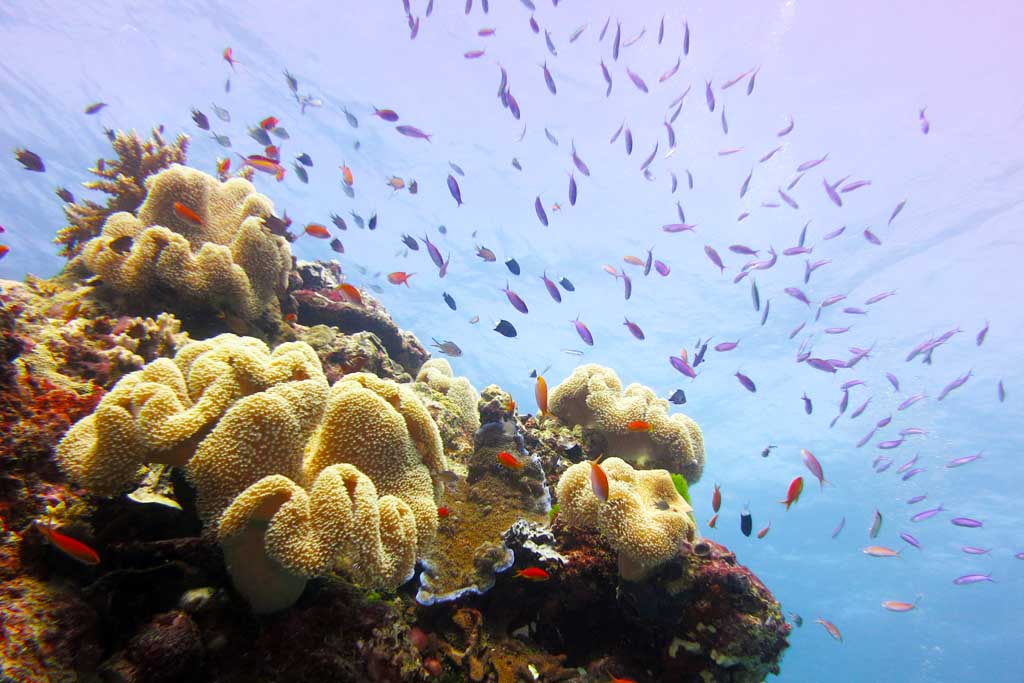
On the Ribbon Reefs, it was a similar story, beautiful coral reefs, with patches here and there of dead or bleached coral and some in recovery.
Further south on Nathan Reef, we had a great time exploring beautiful coral gardens, disturbing the odd turtle and playing paparazzi with Nemo and Dory.
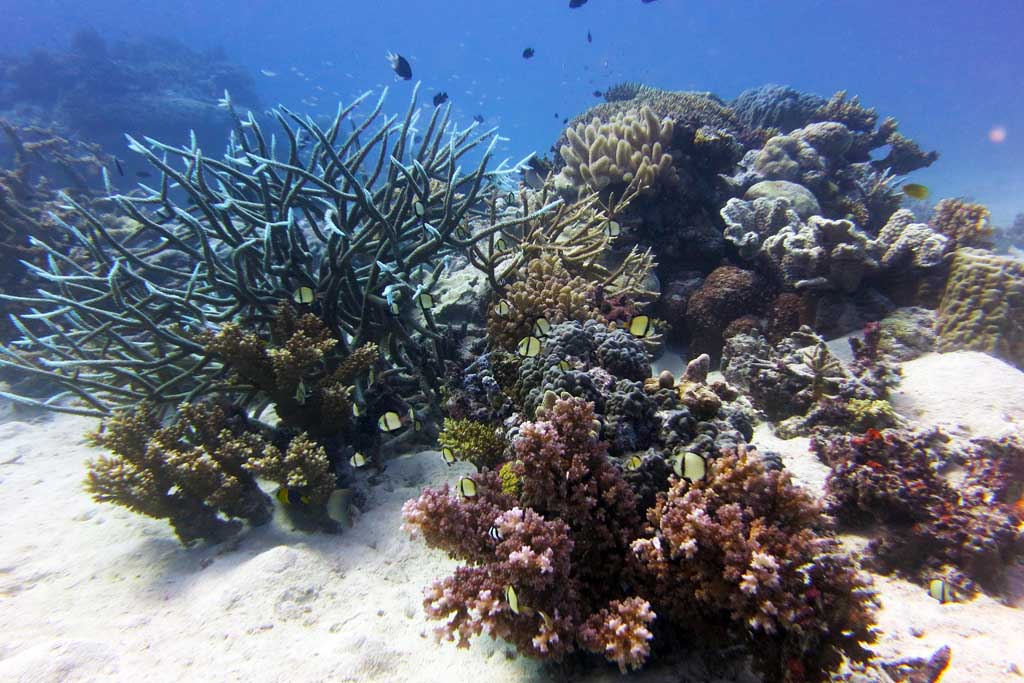
On a day trip from Cairns with Passions of Paradise we visited two incredible dive sites on Hastings Reef, ablaze with colourful soft and hard corals, teeming with colourful marine life, and very little signs of stressed or bleached coral.
The Reef has had a tough year, but it is fighting back. It is most certainly not dead. It is alive and kicking. And what’s more, there are lots of people working hard to look after it. And their biggest fear is that we’ve all given up on the Reef as a lost cause. When we should all be helping them.
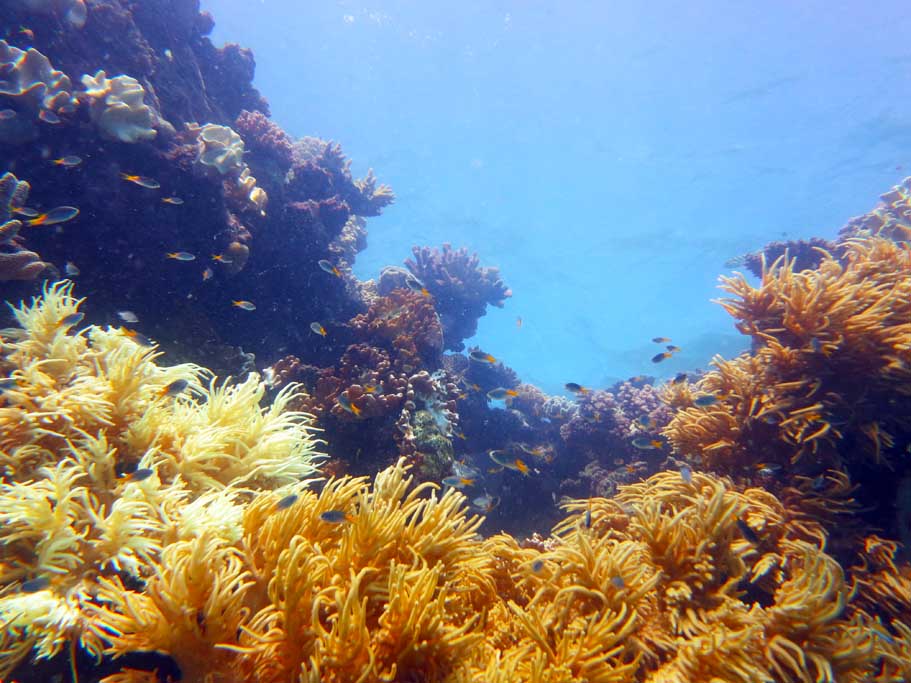
The Great Barrier Reef is arguably Australia’s greatest icon. It’s part of our national identity and we should be doing everything we can to look after it and conserve it.
So, what can we do to help save the Great Barrier Reef?
Come and see it.
According to Col McKenzie, who heads up the Association of Marine Park Tourism Operators (APMTO); “Come and see it. Come and see why it’s worth saving! And think about it – the more tourism dollars we spend on Great Barrier Reef operators the more funding will go to local projects actively working to conserve the Reef.”
Learn about it.
While you’re here, learn about the Reef. Most boats that take you to the outer reef have a marine biologist on board, so take advantage of the opportunity and ask as many questions as you like.
Marine biologist Marie Taylor has been running educational programs for local tour operator, Reef Magic, for many years. Reef Magic operates two vessels – one which takes visitors on a day trip to the Great Barrier Reef and another vessel reserved for their Reef Education and Research Program, for school groups. Marie has also engaged local indigenous community, and incorporates the Reef’s spiritual story into her presentations.
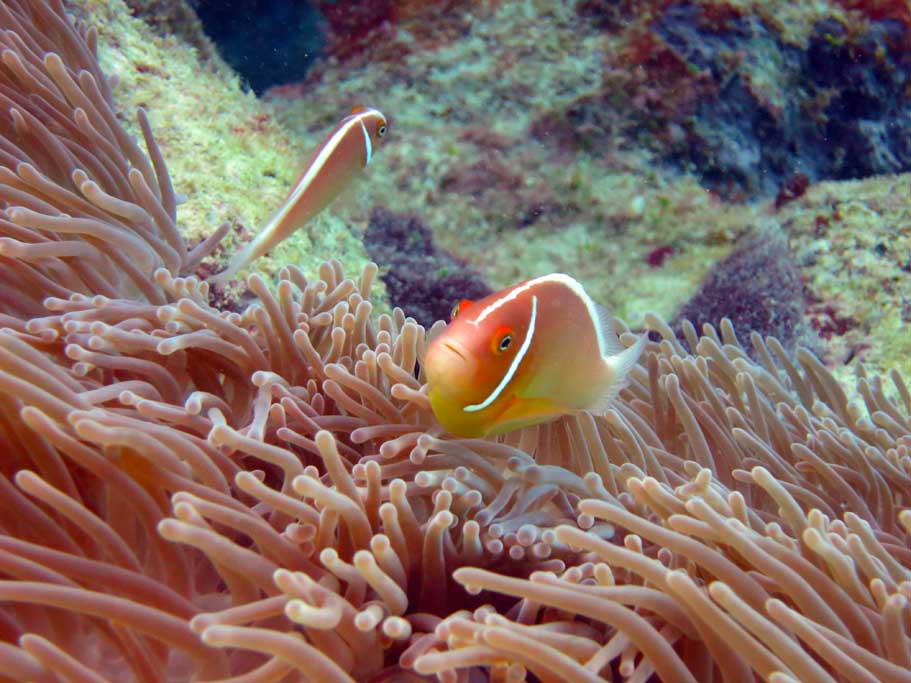
Another way to learn about the Reef is to attend Reef Teach a two-hour evening presentation in Cairns, run by passionate marine biologist Gareth Phillips, where you’ll learn everything about the Reef from how coral reefs form, the difference between soft and hard corals and how to identify fish – I guarantee you’ll emerge from Gareth’s enthusiastic presentation a passionate ocean advocate!
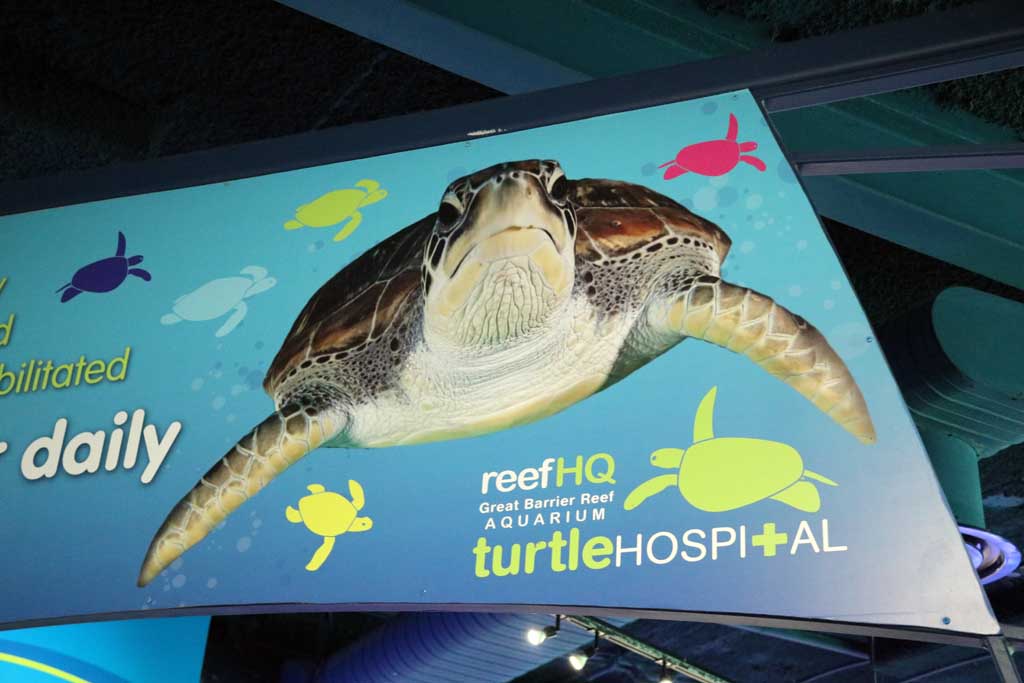
Possibly the best way to learn more about the Reef is to include a trip to Reef HQ in Townsville. In this aquarium and research centre you’ll find the world’s largest living coral reef in an aquarium (it even has an annual spawning event). It’s positively bursting at the seams with information on how this complicated and biodiverse habitat works, the various threats to the Reef and what scientists are doing to save it.
Learn how to help.
There are a few citizen science projects that you can contribute to by helping to monitor the Reef’s health, including Eye on the Reef, Coral Watch and ReefSearch.

Sign up for ReefSearch and you’ll be sent a field guide to show you how to contribute valuable data to scientists studying the Reef’s health, by spending 10 minutes of each dive, snorkel or reef walk, looking for key species, checking coral condition, and making note of any rubbish found.
Coral Watch is focussed on bleaching events and it’s managed by the University of Queensland. Your Coral Watch kit comes with a colour coded slate that help you identify and record coral colours, which you can then upload via an app to add to a global database.
Eye on the Reef is managed by the Great Barrier Reef Marine Park Authority (GRMPA). Download the Eye on the Reef app or login online to report your sightings directly to them. A sighting can be anything a Reef user feels important enough to report and can include incidents like a bleaching event, Crown-of-thorns starfish, stranded or sick wildlife and coral damage.
Contribute.
According to Col McKenzie: “There are three local projects that you can contribute to DIRECTLY and be sure that 100 per cent of your donation goes directly to saving the Reef. The Great Barrier Reef Research Foundation, the Reef Rainforest Research Centre, and the Citizens of the Great Barrier Reef are all set up for crowdfunding and you know that all the money will go into GREAT Barrier Reef initiatives.”
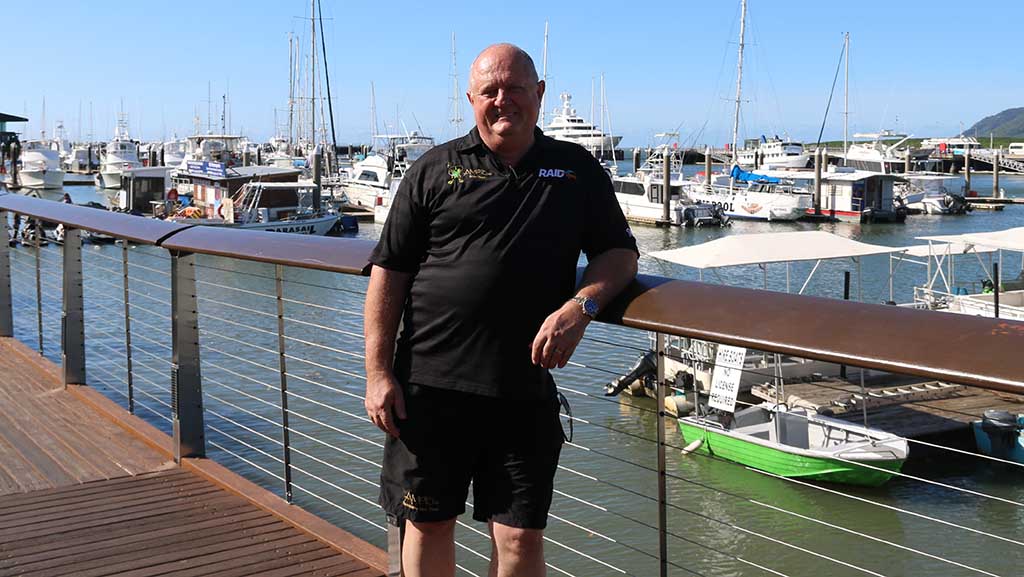
Reduce your carbon footprint.
Of course, the biggest biological threat to the Great Barrier Reef is Climate Change, and we all contribute to that on a daily basis. Turn out the lights when you leave a room, walk or cycle to work instead of driving, reduce your use of single-use plastic and make sure you recycle your waste efficiently.
Become a Citizen of the Great Barrier Reef.
Sign up now to become a Citizen of the Great Barrier Reef. Citizens of the GBR, to be launched soon by Andy Ridley, founder of Earth Hour, aims to connect people all over the world with one aim in mind – to save the Reef.
“The actions of people across the planet will define the future of the Reef.”
If you like this article, you may also like:
- “Reports of my death are greatly exaggerated” advises the Great Barrier Reef
- What’s this? Life on the Great Barrier Reef?
- Peter Gash: Turning back the Clock on the Great Barrier Reef
- Tackling the Great Barrier Reef’s Prickliest Pest One Shot at a Time




Great article Deb. Excellent analysis and photography.
Thanks Dof! I think it’s time we had more honest and responsible – less sensationalist – media coverage of the Reef. The media need to talk in less simplistic terms – it is NOT dead.
Showing that same scary image of bleached coral on Lizard Island, over and over, has had the reverse effect than was intended. People aren’t acting on it. They’ve given up – written it off. And THAT is the real fear I have.
Well said Deb ?
Thanks Pete – and what a great example Lady Elliot Island is of a Great Barrier Reef island that can be brought back to its former glory after mining devastation, with a lot of care and tourism interest.
This is all fine and dandy but what about the reality of 1.5 to 2% warming. Yes there are some great site still left, but what about the far north?
It has been decimated and all the fine talk by the operators cannot change that. When are the operators going to start to stand up and take their heads out of the sand?
Hi Philip, before writing this article, I interviewed a number of GBR operators, including Col McKenzie who heads up the Association of Marine Park Tourism Operators, and they definitely do not have their heads in the sand. They are actively (and financially) supporting programs to research and develop the Reef’s resilience, and educating people about the effects of climate change. Global warming is (as the name suggests) a global issue – they can’t solve it by themselves. Which is why they are all behind Citizens of the Reef – which aims to get people (and governments) globally to do something about it.
Great read Deb, clear and simple and instructive on how to help. Will share.
Read this please : http://www.smh.com.au/federal-politics/political-news/we-cant-be-passive-bystanders-advisers-call-for-dramatic-rethink-on-great-barrier-reef-20170519-gw8yb7.html
And this and can we please get these people’s heads out of the sand……http://www.smh.com.au/environment/mockery-turnbull-government-quietly-cuts-adanis-abbot-point-turtle-controls-20170520-gw9cu6.html
Hi Phillip – yes – we did see that today. Just in time for World Turtle Day – awesome. Heads-in-sand is exactly what Citizens of the Reef – and AMPTO – aims to do something about. The operators are doing all the hard work at the moment – while our government does…
Hello Deborah,
Have you considered joining with the Australia Marine Conservation Society? I am a member and feel that they are making some progress..although with the current government that is obviously relative and very difficult.
Kind regards
Philip
Hello again,
I understand the operators concerns that too much bad publicity will of course adversely affect their bookings and there needs to be balance in the discussion. However I feel that they might perhaps think about joining with the scientists and being a little more strident in their approach.
Look at the success the operators in the Red Sea have had in instituting a range of conservation measures and gaining strong government support for their industry.
Kind regards,
Philip
Phillip, have I been unclear in this article, getting across the message that this is exactly what the operators ARE doing? They are joining – funding – the scientists in their research – and have put their support behind this one BIG approach – Citizens of the Reef, to lobby government and fight global warming.
I couldn’t include detail in this article about the MANY research and conservation projects currently being funded because I could fill a book – but stay tuned – we will be publishing a series of posts looking at all of them.
“If we are going to solve the problems of Great Barrier Reef, we have to solve climate change, and solving climate change requires a level of activity across the planet that we’ve never really seen before.” And that’s what Citizens of the GBR aims to do: mobilise the world to save the Great Barrier Reef.
And of course we are members of the AMCS and amplify their campaign messages frequently – along with any other organisations with the same message – but yes – with our current government – it’s a battle!